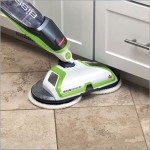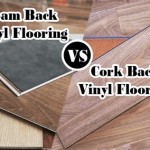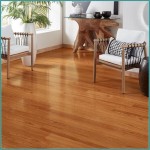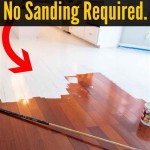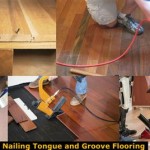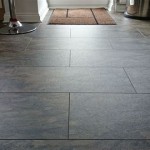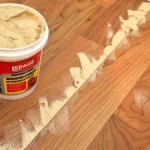Hardwood floors are a popular choice for homeowners, but they can require some extra care to ensure long-term durability. Underlayment is one of the most important components of a successful hardwood floor installation, as it provides a cushioning effect between the floor and the subfloor. Choosing the right type of underlayment can make the difference between a floor that looks great and lasts for years, and one that wears out quickly. In this article, we’ll explore the different types of hardwood floor underlayment available, and discuss how to choose the best option for your project.
Types of Hardwood Floor Underlayment
There are several different types of underlayment available, each with its own set of advantages and disadvantages. The most common types are foam, felt, and rubber. Foam is the most popular and economical choice, as it is lightweight and provides a good cushioning effect. Felt is slightly more expensive, but it is also more durable and provides better sound insulation. Rubber is the most expensive type of underlayment, but it is also the most durable and provides the best sound insulation.
Considerations for Choosing the Best Hardwood Floor Underlayment
When selecting the best underlayment for your hardwood floor, there are several factors to consider. First, consider the type of subfloor you have. If you have a concrete subfloor, you may want to opt for a foam underlayment, as it will provide good cushioning and insulation. If you have a plywood subfloor, felt or rubber may be a better option, as they will provide more stability and sound insulation. Second, consider the amount of traffic and wear your floor will receive. Foam underlayment is generally not recommended for high-traffic areas, as it can wear out quickly. Felt and rubber are much more durable and will provide better protection for heavy foot traffic.
Factors to Consider When Installing Hardwood Floor Underlayment
Once you’ve selected the best hardwood floor underlayment for your project, there are a few other factors to take into consideration when installing it. First, make sure the underlayment is properly attached to the subfloor. If it is not attached properly, it can cause the floor to become uneven over time. Next, make sure the underlayment is installed in the right direction. If it is installed at an angle, it can cause the floor to become uneven as well. Finally, make sure the underlayment is level before installing the hardwood floor. If it is not level, it can cause the floor to become wavy or lumpy over time.
Benefits of Using Hardwood Floor Underlayment
Underlayment can provide several benefits for your hardwood floor installation. First, it provides cushioning, which reduces the amount of noise created when walking on the floor. Second, it helps to absorb shock, which can prevent the floor from becoming damaged over time. Third, it helps to even out any irregularities in the subfloor, which can prevent the hardwood floor from becoming uneven. Fourth, it helps to insulate the floor from moisture, which can prevent the wood from warping or becoming damaged over time.
How to Protect Your Hardwood Floor Underlayment
Once you’ve installed your hardwood floor underlayment, there are a few steps you can take to ensure it is properly protected. First, make sure to vacuum or sweep the area regularly to remove any dust or debris. Second, make sure to use area rugs or mats in high-traffic areas to help protect the underlayment from wear and tear. Finally, make sure to use furniture protectors or felt pads on furniture legs to prevent any scratches or dents in the underlayment.
Conclusion
Choosing the right type of hardwood floor underlayment is essential for a successful installation. There are several different types of underlayment available, each with its own set of advantages and disadvantages. When selecting the best underlayment for your project, consider the type of subfloor, the amount of traffic, and the installation process. Once installed, take steps to protect the underlayment and ensure a long-lasting and beautiful hardwood floor.





/new-floor-installation-185270632-582b722c3df78c6f6af0a8ab.jpg)
/laying-laminate-flooring-5c36643946e0fb0001102b5b.jpg)

:max_bytes(150000):strip_icc()/hardwood--oak--floor-172261142-5a382e14ec2f640037fe9f90.jpg)




![Best Underlayment For Hardwood Floors [Top 5 Picks]](https://i2.wp.com/images-na.ssl-images-amazon.com/images/I/71pYEZPXe6L._AC_SL1000_.jpg)

Related Posts

